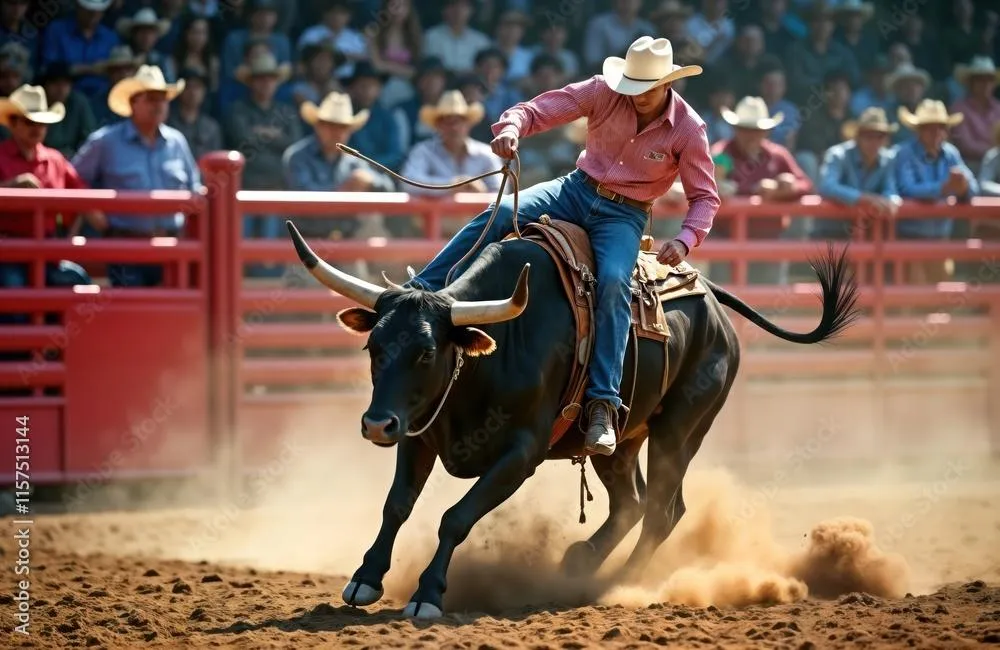
Rodeo Sports: The Pain, The Passion, and The Ride of a Lifetime
Rodeo is more than just a sport—it’s a way of life. Rooted in tradition and celebrated in events like the Iowa Championship Rodeo, rodeo sports test the limits of human strength, endurance, and grit. From bull riding and bronc busting to steer wrestling and barrel racing, these athletes face intense physical and mental challenges every time they step into the arena. The roar of the crowd, the rush of adrenaline, and the unpredictable nature of working with powerful animals make rodeo one of the most exhilarating yet punishing sports in the world.
But with the thrill of competition comes a high risk of injury. Rodeo athletes endure some of the toughest physical demands in sports. Bull riders often suffer from concussions, shoulder dislocations, and broken ribs due to violent falls. Bronc riders deal with back injuries, whiplash, and ligament strains from the forceful movements of a bucking horse. Steer wrestlers put immense stress on their knees, shoulders, and wrists as they grapple with large, fast-moving animals. Barrel racers are prone to hip and lower back injuries from the sharp turns and quick stops their horses make at high speeds. The impact of repeated falls, hard landings, and unpredictable movements takes a toll on the body, making recovery and injury prevention essential to an athlete’s longevity.
Despite the hardships, rodeo athletes train rigorously to maintain their strength and flexibility. Core stability exercises like planks and rotational movements help riders stay balanced in the saddle. Weight training builds endurance and power, particularly in the legs, arms, and back. Yoga and dynamic stretching improve flexibility, reducing the risk of muscle strains and joint injuries. Many competitors also practice riding mechanics on mechanical bulls or bucking machines to fine-tune their technique without the added danger of a live animal.
Nutrition is just as crucial for a rodeo athlete as it is for any other high-intensity sport. A balanced diet rich in lean proteins, healthy fats, and complex carbohydrates fuels long training sessions and demanding competitions. Hydration is essential, especially for those competing outdoors in extreme temperatures. Many riders also rely on anti-inflammatory foods like berries, nuts, and fish to aid in muscle recovery and reduce soreness after intense rides.
When injuries occur, recovery becomes the top priority. Hands On Sports Therapy (handsonsports.com) plays a vital role in helping rodeo athletes manage pain and heal properly. Specialized therapy techniques such as deep tissue massage, myofascial release, and joint mobilization help riders regain mobility and prevent chronic pain. Sports therapists also guide athletes through tailored rehab programs, ensuring they recover safely while maintaining the strength they need to continue competing.
For those who dedicate their lives to rodeo, the sport is more than just a test of physical endurance—it’s a symbol of resilience, tradition, and unbreakable spirit. Every ride is a battle against pain, and every victory is a testament to the heart and soul of the competitors. Whether they’re chasing championships or simply embracing the cowboy lifestyle, rodeo athletes embody the essence of discipline and determination. In the end, the bruises fade, the aches subside, but the love for the sport remains unshaken.
If you are interested in learning about real-life rodeo in Iowa, Cindy’s horse trainer in Earlham raises and trains bucking bulls, Dusten Gratny grew up trick riding and has seen nearly all the injuries one could achieve in the industry. Take a look at Gratny Livestock in Earlham, Iowa to learn more.
#RodeoLife #IowaChampionshipRodeo #RodeoAthletes #HandsOnSportsTherapy #RideHard #CowboyTough #RodeoInjuries #TrainToWin #PainAndPassion